If pop-ups are blocked for the website, please allow them in your browser and restart the course. Continue the course from the new tab, and do not close this tab until you have completed the course.
The course, “Losses to Specialized Equipment,” is designed to familiarize adjusters
and litigators with the challenges of specialized equipment losses and how to deal
with those challenges. The module is presented by a seasoned adjuster, Pat Jeremy,
and a professional engineer, Ron Munson.
In this two-hour course, the
instructors begin by describing the team of professionals that can be assembled to
deal with the hurdles arising from specialized equipment losses. Next, Mr. Munson
and Mr. Jeremy describe the engineering options regarding repair and replacement.
They also review economic and practical considerations necessary to help the
insured and insurer make the best decisions for both the short and long-term life
of the equipment.
After completing the course, the attendee will be able to
describe what constitutes specialized equipment; list the professionals that make a
good team to handle losses to specialized equipment; discuss options available for
replacing specialized equipment; explain the pros of cons of various repair
vendors; describe the potential pitfalls associated with reverse engineering;
describe economic considerations that are important in evaluating repair and
replacement options; and enumerate good practices that can be useful when
encountering these types of large losses.
The course is designed for
practitioners and insurance professionals working in the area of insurance coverage
disputes and litigation. Professionals in both the liability and property arena
will find this module beneficial.
What CE Credit is available?
Note: To qualify for credit, you must submit completion (including a passed final exam if required) within five days of completing the last quiz. No partial credits will be awarded.
|
State:
|
Adjuster General
CE Hours: |
Adjuster Ethics
CE Hours: |
Attorney General
CLE Hours: |
State's Course ID:
|
| NH | 2.0 | 482661 | ||
| TX (classroom equivalent) | 2.0 | 102957 | ||
| NC | 2.0 | C05475 | ||
| FL * ( Provider Number: 364169 ) | 2.0 | 1191359 | ||
| IL | 2.0 | 572488 | ||
| WY | 1.0 | 26286 | ||
| OK | 2.0 | 1025278 |
* This course has been approved by the Florida Department of Financial Services for insurance continuing education credit.

